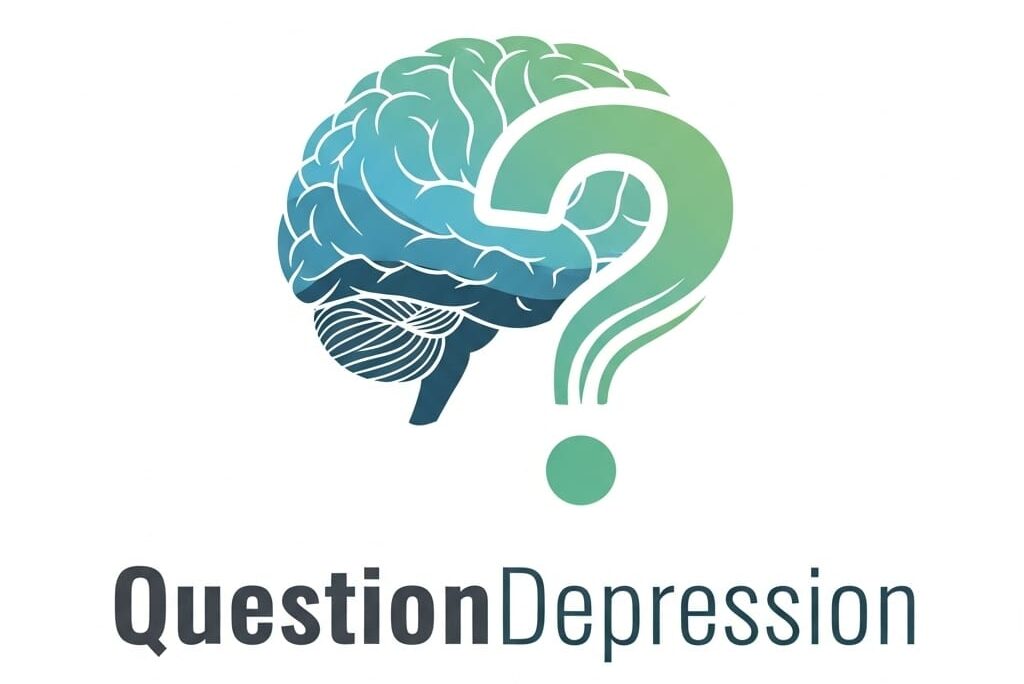Negative thoughts and emotions can feel like your worst enemies when you’re struggling with depression. They weigh you down, distort your self-image, and often make it harder to get out of bed, let alone get better.
But what if you could use them instead of fighting them? What if these uncomfortable feelings were signals pointing toward healing?
Instead of feeling sorry for myself for being depressed, I started using these harmful ideas and thoughts to drive myself to get better and improve my position in life.
Let’s explore how you can work with your negative thoughts and emotions, transforming them into fuel for change, self-understanding, and recovery.
- Reframe negative emotions as messages instead of enemies
Intense emotions like anger, shame, sadness, and guilt often carry important information. Depression tends to distort these signals, but the core message remains the same. Something in your life needs attention.
Cognitive behavioral therapy (CBT) teaches us to identify and challenge unhelpful beliefs, replacing them with more balanced ones.
For example, instead of believing “I’m worthless,” you might explore where that conviction comes from and whether it’s based on facts or unrealistic standards.
Your feelings aren’t random; they’re pointing to unmet needs or internal conflicts. Let them speak so you can resolve unconscious struggles.
- Channel discomfort into action

That restlessness, sadness, or frustration you feel? It’s energy. You can use it.
When you feel fed up with being stuck, that moment of frustration can push you to take one small step, whether it’s taking a walk, reaching out to a friend, or doing a task you’ve been avoiding.
Neuroscience shows that emotional arousal (even negative) can enhance motivation when directed toward specific goals, especially when paired with a plan.
- Create a “not this” vision
Sometimes, motivation doesn’t come from wanting something better. It comes from knowing what you don’t want.
Ask yourself: If I don’t want to feel this hopeless, what small thing could move me 1% away from that feeling? Use your current pain as a compass, guiding you away from more of the same and toward something different.
This is known as contrast motivation in psychology, where avoidance of a negative outcome becomes a powerful driver for action.
The only positive of all that rumination and antagonistic thinking was that I knew very well what I didn’t want my future to look like. And although all that catastrophizing was not productive or enjoyable, it did motivate me to take action.
- Turn rumination into reflection

Try writing down your repetitive thoughts instead of staying stuck in them.
Journaling helps you externalize what’s in your head, giving you distance and perspective.
Try prompts like:
-
- What is this thought trying to protect me from?
-
- What’s the deeper emotion beneath this feeling?
-
- What’s one thing this feeling is trying to tell me?
- Practice acceptance, not resistance
Trying to fight or avoid pessimistic thoughts often gives them more power.
You might say: “I feel hopeless right now, and I can still go for a short walk.”
Values-based living is central in ACT. You can act in alignment with those values even when depression shows up if you value creativity, kindness, or freedom.
I used to think that I could change everything if I just worked and defied hard enough. But growing older made me realize that was straight up wrong and was actually my pride talking.
- Express emotion creatively

Sometimes, emotions are too big or messy for words.
Use art, music, movement, or poetry to express your pain. It’s not about making something beautiful; it’s about moving energy through you and allowing it to transform.
- Move with the mood
Destructive emotions don’t just live in your mind; they’re stored in your body. Movement can help shift that energy.
-
- Angry? Try kickboxing or fast running.
-
- Sad or shut down? Try gentle stretching, yoga, or walking.
-
- Feeling numb? Try dancing to music you used to love.
- Talk back to your inner critic
That harsh, negative voice in your head is not the truth; it’s a part of you that learned to protect you through criticism.
Try naming it (“The Judge,” “The Perfectionist”) and then talk back to yourself with a more compassionate voice.
This helps reduce shame and build self-worth and is a core part of compassion-focused therapy.
- Let pain build empathy and purpose

Your experience with depression can help others feel less alone.
Whether it’s through sharing your story, joining a support group, or volunteering, pain can become a bridge rather than a wall.
Helping others buffers against depression by giving you a sense of purpose.
That’s one of the reasons why I’ve started this blog in the hope that it can help others, or at the very least make people suffering from mood issues feel less alone.
- Use triggers as teachers
Instead of avoiding emotional triggers, explore them. They often reveal old wounds or unprocessed emotions.
Ask yourself:
-
- Where have I felt this before?
-
- What belief is activated?
-
- What part of me needs care or protection?
This can help you understand patterns and gradually rewrite your emotional responses.
- Make meaning from the darkness

Depression brings up big, existential questions: What’s the point?
Face those questions instead of running from them. Many people find healing in exploring purpose, values, or spirituality.
Psychiatrist Viktor Frankl, a Holocaust survivor, believed that meaning could carry people through even the darkest suffering, something I’m inclined to agree with.
Final thoughts
Pessimistic thoughts and emotions are hard. However, they are also rich in information, energy, and insight.
They can be the very material of growth when used wisely. Recovery doesn’t always mean eliminating the darkness; sometimes, it means learning how to use it.
So, next time that pesky voice in your head whispers something cruel or bleak, pause. Get curious. That pain may just be trying to show you where to heal next.
And that’s a journey worth taking.
Join our forum and Facebook
Please consider joining our forum and Facebook if you enjoyed reading this and would like to chat with like-minded peers about anything depression related.
It would certainly go a long way toward making my dream of creating a thriving, supportive community a reality!

